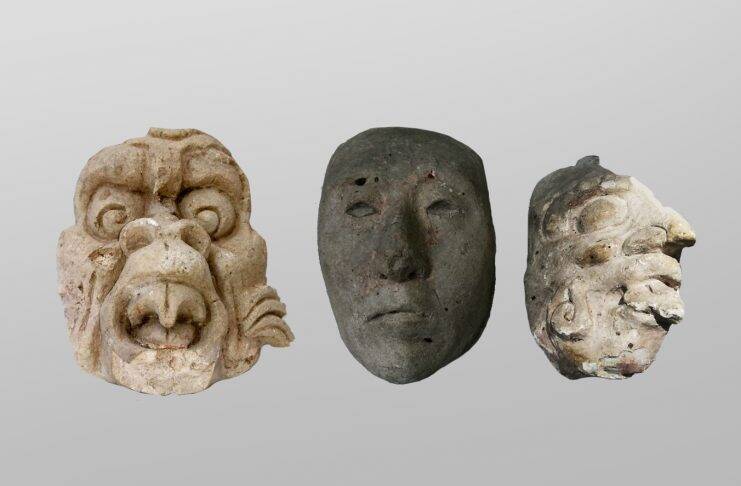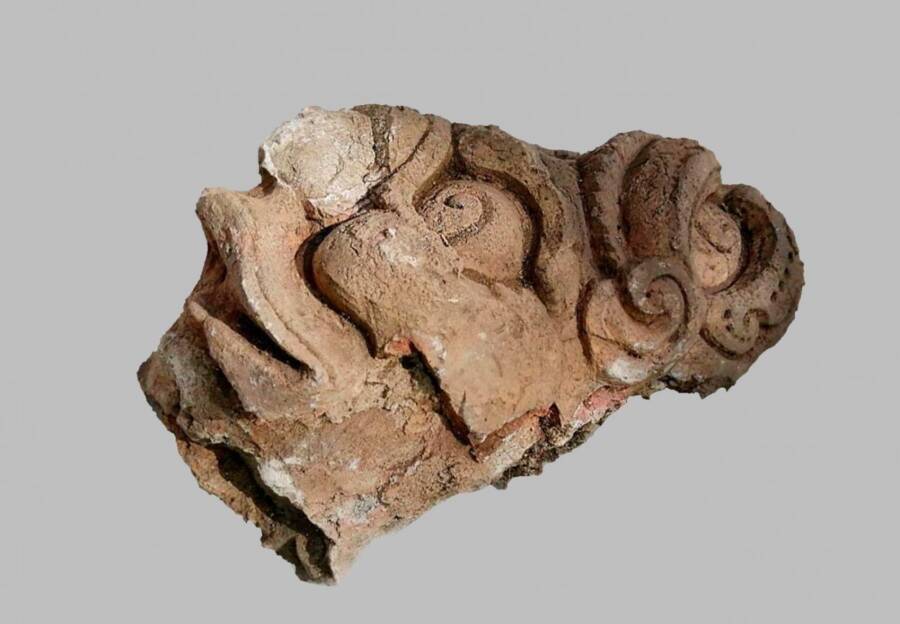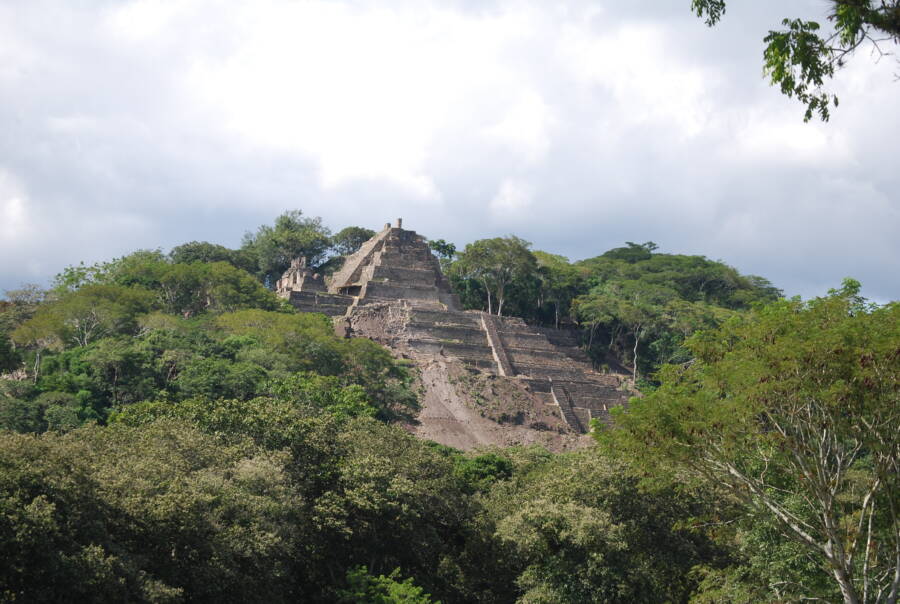Many of the masks were discovered at digs in 2013 and 2018, and represent numerous underworld deities.
INAHA small sample of the stucco masks found at the Toniná archaeological site .
The Toniná archaeological land site in southerly Mexico is proving to be a treasure treasure trove of pre - Columbian Maya relics , as a team of archaeologists working in the region of late unveiled a tumid phone number of carved stone masks worn by the ancient population .
A fresh statement from theMexican National Institute of Anthropology and History(INAH ) say , “ 42 years of research workplace in the archaeological geographical zone of Toniná … has chance a diversity of archaeological material , among which a large number of masquerade party fend out , with various representation in stucco and sculptures , which give an thought of the ancient inhabitants of this city . ”

INAHA small sampling of the stucco masks found at the Toniná archaeological site.
Many of these stucco pieces , they say , were found in and around a structure know as the House of the Recreation of the Universe , near the Sunken Plaza of the Palacio de los Caracoles , both of which date back to around 650 C.E.
Archaeologist Yadeun Angulo enjoin the masks symbolize element of the underworld , the Earth , and the sky , and would have hold important apparitional import for the people of the sentence .
Many of the masks symbolise divinity , in particular those of the infernal region .

Many of the masks represent deities, particularly those of the underworld.
The buildings themselves were also ornament with computer architecture reminiscent of a human cheek — “ the human consistency is part of the ornament of the building , ” Angulo say .
AsHeritage Dailyreports , many of the masquerade party were discovered back in 2013 , but one famous example was found more recently , in 2018 , in the Temple of the Sun and depicts a lord of the Hades .
representation of Hell deities , Angulo explained , generally lacked a lower jaw , make it copiously clear that they are numb .

Wikimedia CommonsA Tláloc representation similar to one found at the Toniná site.
“ This valet de chambre has the upper jaw and a shark tooth , because they are solar deities and he really is a flagitious doll , it was part of a huge theatrical , where it was seen how the lords of Toniná have a family relationship with fantastic beings from the Department of the Interior of the Earth and of the starry sky , ” the archeologist said .
Several mask also map divinity from other cultures , include a representation of the Aztec rain god , Tláloc , a bod worshiped in the Teotihuacán polish of the Central Highlands between the third and 8th centuries C.E.
Wikimedia CommonsA Tláloc representation similar to one found at the Toniná site .

An ancient Maya temple at the Toniná archaeological site in southern Mexico.
The representation of other cultural deities , Angulo believes , show that the ancient Maya had a secretive human relationship with the hoi polloi of the Central Highlands .
Another figure found alongside the masks process as a mannequin and as a fundament for the creation of jade masks , as evidenced by masquerade party fragments that are still attach to it .
Angulo said he hopes to be capable to exhibit the mask and figures in future temporary exhibitions — peculiarly since the Toniná site has also supplied archeologist with full - body sculptures of gods , refreshment of scenes from thePopol Vuh , and entire page feature twin deities Hunahpú and Ixbalanqué of the underworld and the sky .
Previously , the Toniná site let out the ancient Maya practice of turningthe bodies of at rest ruler into elephantine rubber ballsto be used in the summercater of pelota .
An ancient Maya temple at the Toniná archaeological site in southerly Mexico .
At the fourth dimension , Angulo explained that the ancient Maya likely require their rule ’ bodies to “ be converted into a life force , something to perk up their hoi polloi . Just as Egyptians prove to preserve [ bodies ] , we know here they were metamorphose in another way . ”
The ballgame was not only a popular sport , but also a representation of mythological battles between the forces of living and the forces of death . The courts on which jai alai was played were also seen as a connection to the underworld , and answer as locating for ritual sacrifice .
In many instances , these sacrifices foreground “ the regenerative , nourishing might of sacrificial blood . ”
Depictions of the underworld and the delicate balance between life and demise were large themes in the art of the Maya hoi polloi . This new uncover collection of stucco masks only further demonstrates the importance of these impression .
“ These faces , these portraits , seem at us from the yesteryear . Their gaze enchant us to the royal court of the ancient and knock-down Mayan land of Po’o ” , Angulo said .
After get wind about these ancient Maya masks , see the object archeologist trust might offer insight intothe prostration of Maya civilization . Then , watch out the1,800 - year - sure-enough Roman soldier maskthat was unearthed in the ancient city of Hadrianopolis .